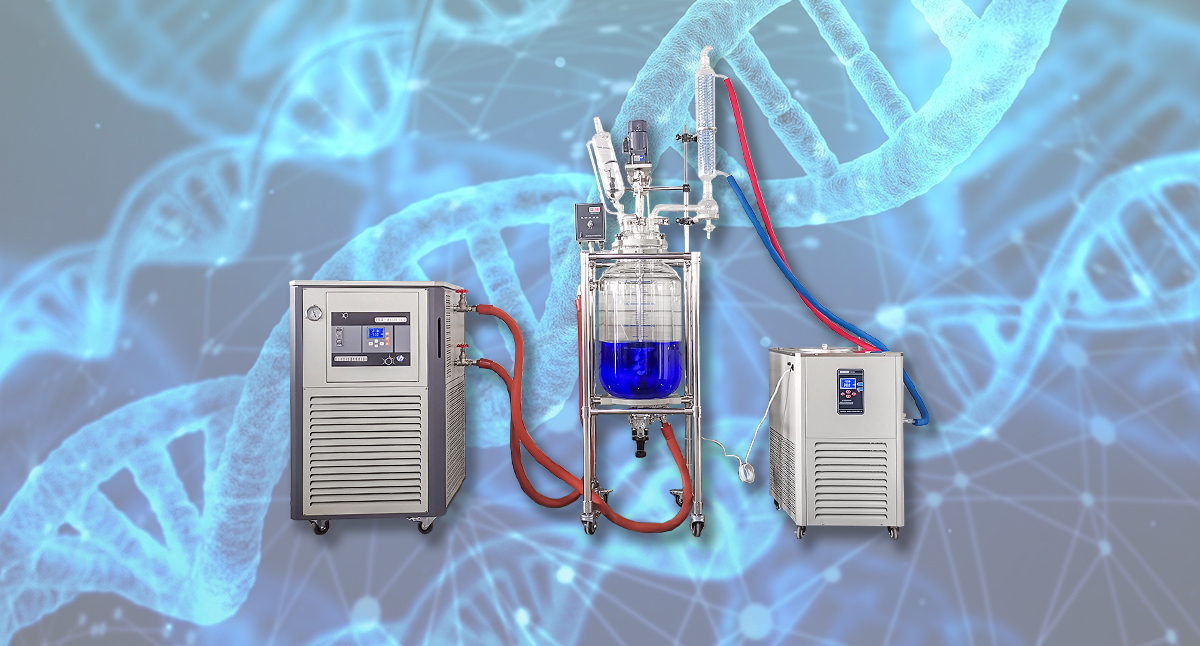In the process of production test, it is necessary to master the cause of explosion of double layer glass reactor and control it. There are three main reasons for cracking of glass reactor:

1. The violent reaction of the material causes cracking
The chemical reaction of some experimental materials is exothermic reaction. When the reaction temperature exceeds the specified temperature, the materials react violently and produce a large amount of gas, which makes the pressure in the kettle rise sharply, causing the deformation of the inner wall of the glass and the glass fracture.
Countermeasures:
①. Pay attention to controlling the change of material reaction temperature during operation to prevent severe reaction caused by excessive temperature;
②. A pressure relief device is set to automatically relieve the pressure when the pressure in the kettle rises.
2. Cracking caused by excessive jacket pressure
When chemical enterprises use steam from power plants to heat production, the steam from power plants shall be depressurized before use. Once the pressure reducing valve fails or the buffer pressure reducing valve fails, the high-pressure steam output of the power plant will directly enter the glass interlayer, and the kettle wall will burst in a large area due to excessive external pressure.
Countermeasures: On the basis of the existing device, a pressure reducing valve is added to realize double insurance. In addition, it is necessary to check the working condition of the pressure reducing valve frequently and replace it in time if problems are found.
3. During the production of the main glass of the reactor, the temperature control is poor, resulting in cracking
The temperature controlled electric furnace is composed of a series of heating elements. The temperature of each heating zone is controlled by a computer. The temperature difference between the zones is very small. The equipment using this type of enameling furnace will not be "burned low". Some manufacturers use coal electric furnaces instead of advanced processes such as "low temperature long burning" and "slow cooling after enameling", resulting in poor temperature control and easy breakage of glass.